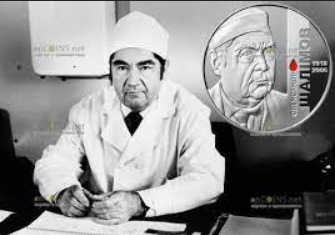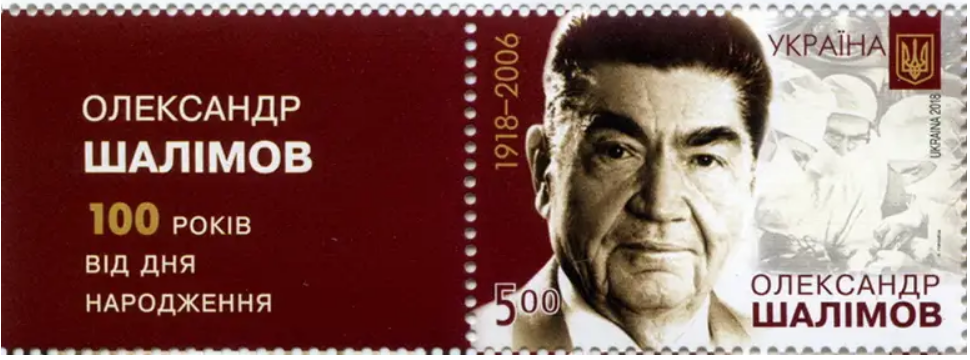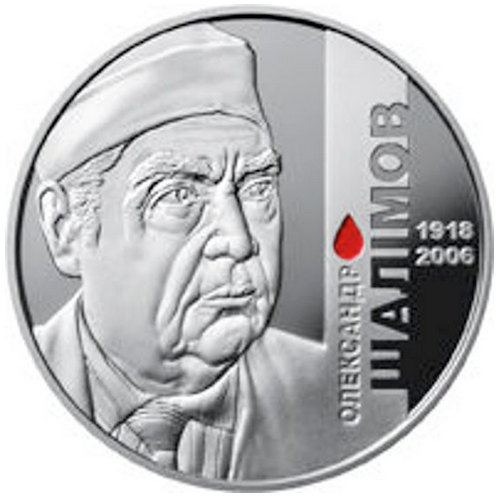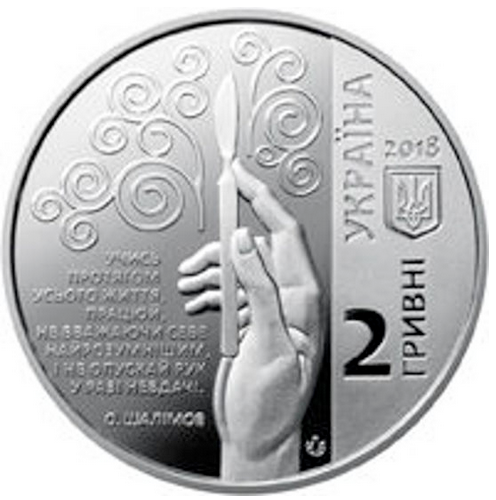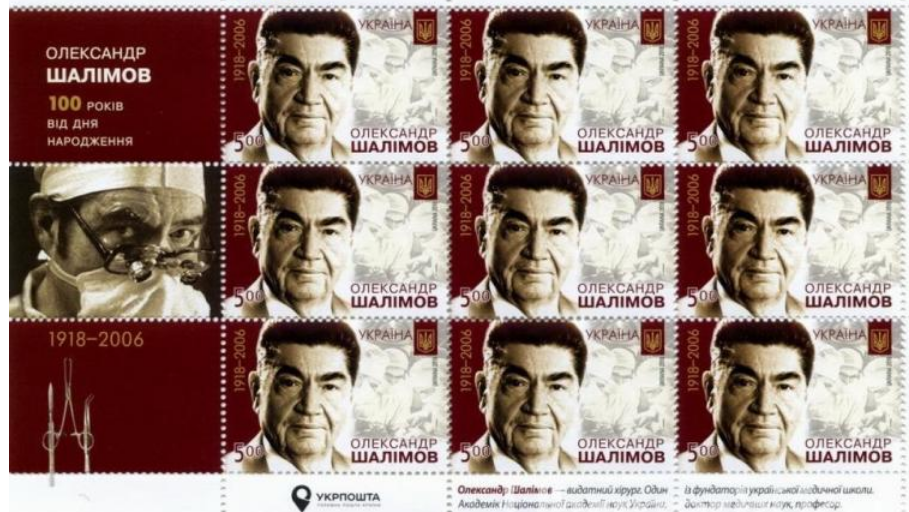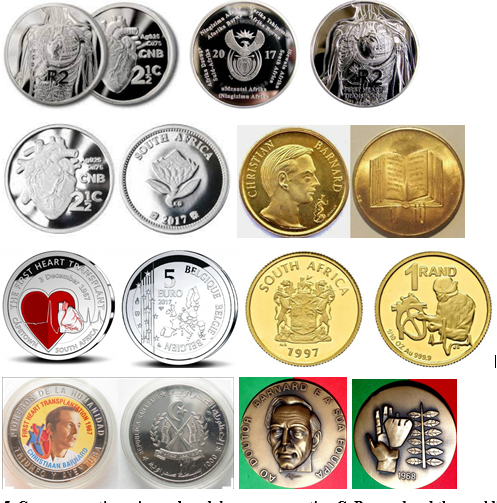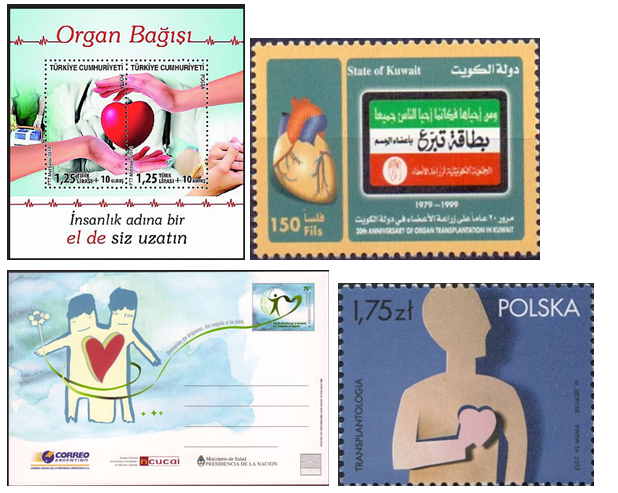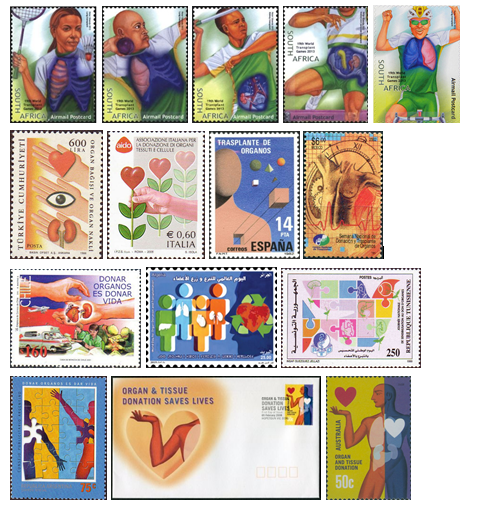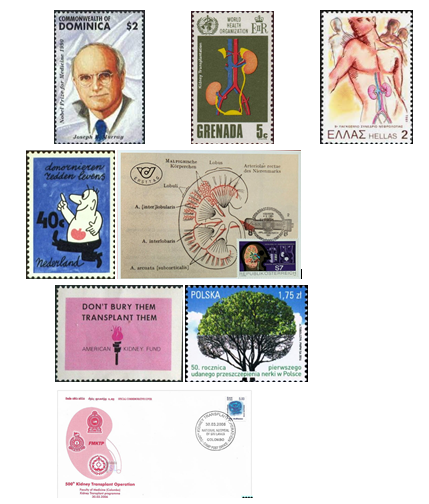Research Article | DOI: https://doi.org/10.58489/2836-8991/006
The History and Development of Transplantology in The Reflection of a Number of Collection Tools
- Konstantin Anatolyevich Bugaevsky 1*
1 The Petro Mohyla Black Sea State University, Nikolaev, Ukraine
*Corresponding Author: Konstantin Anatolyevich Bugaevsky
Citation: Konstantin Anatolyevich Bugaevsky, (2023). The History and Development of Transplantology in The Reflection of a Number of Collection Tools. Journal of Transplantation Proceedings and Research. 2(1). DOI: 10.58489/2836-8991/006
Copyright: © 2023 Bon E.I, this is an open access article distributed under the Creative Commons Attribution License, which permits unrestricted use, distribution, and reproduction in any medium, provided the original work is properly cited.
Received: 07 March 2023 | Accepted: 13 March 2023 | Published: 15 March 2023
Keywords: transplantology; transplant doctors; philately; stamps; postal envelopes; thematic postal blocks; numismatics; commemorative and table medals and coins
Abstract
The article presents research materials concerning the study of the reflection of data on transplantology and famous doctors-transplantologists in such means of collecting as philately (stamps, envelopes, blocks, post cards), numismatics (commemorative coins and medals) and faleristics (award and commemorative signs and badges). The text is accompanied by illustrative material, explanatory descriptions and comments.
Introduction
Modern medical science is multifaceted and diverse. One of the youngest and most promising areas of modern medicine is transplantology, which is actively developing in many countries around the world. The most widely known and applied method of donation, is donation and transfusion (transplantation of blood as a human organ) and its components. But the story about this type of transplantation requires a separate article, and possibly more than one. In this article we will talk about transplantation of other organs of the human body - heart, liver, lungs, cornea, limbs.
Aim
The purpose of this research article is to provide a brief narrative of the history and dynamics of such an important and in-demand medical discipline as transplantology, using screenshots of various collection materials as illustrations.
Methods and means of research
When writing this article, the author actively used such methods of research as the search for necessary thematic information, in all available sources, with active use of the Internet resources. All information obtained as a result of the search was analyzed and systematized. The special attention was given to search of illustrative material - postage stamps, envelopes, blocks (philately), memorable coins and medals (numismatics) and awards and badges (faleristics), which, directly and thematically, were connected with transplantology subjects. When found on the Internet - specialized thematic sites of collectors, dealing with philately, numismatics and faleristics, the author made scans (screenshots) of found collection materials, subsequently, used as illustrations in the author's research article. All this was done, with strict observance of copyright and a reference to the link on the Internet or in other sources of information.
Results of the study and discussion
I would like to begin my story with the presentation of the famous Soviet and Russian transplantologist, Academician Valery Shumakov (1931-2008), Director of the Research Institute of Transplantology and Artificial Organs of the Russian Federation, the author of the first heart transplant in the USSR (1968), in the reflection of philately and faleristics. Thus, in Fig. 1, there are postage stamps of the Russian Federation (2012), and a commemorative badge of the USSR period devoted to V.I. Shumakov and the first heart transplant in the USSR, as well as a commemorative medal in his honor [1].
In the post-Soviet space, apart from the Russian Federation, the most actively developing issues of transplantology are in the Republic of Belarus and Ukraine. A postage stamp and a postal block of Belarus, devoted to the achievements in the field of transplantology and hematology, are shown in Fig. 2 [4].
In Ukraine, transplantology issues were actively dealt with by Alexander Shalimov (1918-2006), founder of the Ukrainian school of transplantology, who established in Kiev the Research Institute of Transplantology and Experimental Surgery. This leading Ukrainian medical institution has trained hundreds of transplantologists who have performed thousands of successful transplants of various organs to patients in need. This selection includes philatelic materials - postage stamps and envelopes, as well as commemorative coins of Ukraine (2018), dedicated to the 100th anniversary of the great surgeon. Figure 3, presents a selection of collection materials dedicated to the 100th anniversary of the birth of Alexander Shalimov [20-22].
Figure 3. A collection dedicated to the founder of Ukrainian transplantology, Academician Alexander Shalimov
Next, Fig. 4, presents a large selection of various philatelic materials, dedicated to the memory of the great South African transplant surgeon Christian Netling Barnard (1922-2001) and his December 3, 1967, the world's first successful heart transplant [1]. It is an interesting fact that after his meeting with V.P. Demikhov in Moscow, Christian Barnard called him the true father of transplantology" [2].
Figure 4: Philatelic materials dedicated to the world's first heart transplant and to Christian Barnard
Fig. 5, presents a selection of numismatic materials (commemorative coins and medals) devoted to Christian Barnard and the first human heart transplant operation [1, 3, 18].
Continuing the development of the theme of heart transplantation operations and the issue of donation of this organ, Fig. 6, presents a selection of philatelic and numismatic materials from different countries of the world and years of issue, devoted to this important problem [14, 17, 23, 24].
Figure 6. A collection dedicated to heart transplantation
Next, in Fig. 7, presents a small selection of philatelic materials (postage stamps and first-day envelopes, commemorative coins) devoted to transplantology, donation of human organs, transplantation of various human organs and about patients with these transplanted organs [15, 19, 23].
Figure 7, shows a Dominica postage stamp (1990) dedicated to Joseph Murray, one of the pioneers of world transplantation. Thanks to the pioneering work of Dr. Joseph Murray (1919-2012) in the 1950s and 1960s, kidney transplants are now performed daily around the world. Dr. J. Murray was the first surgeon to successfully perform a kidney transplant. For his work on organ transplantation in the treatment of human diseases Dr. J. Murray was awarded the Nobel Prize in Physiology or Medicine in 1990 [15].
Conclusion
1. In the presented in the article selections of philatelic, numismatic and faleristic materials such important medical fields as transplantology and donation of human organs are represented completely, informative and brightly enough.
2. Materials, both informative and illustrative, can be used, as a form of additional information, when studying such medical disciplines as "Surgery", "Urology", "Medical ethics" and "History of medicine".
This concludes the article on the history of transplantology and its heroes, in reflection of such means of collecting as philately, numismatics and faleristics.
The author denies any conflict of interest in writing this article.
References
- Bugaevsky K.A. Cardiosurgery and cardiosurgery in philately, phaleristics and numismatics / K.A. Bugaevsky, N.A. Bugaevskaya // Bulletin of SMUS74. - 2017. - №3 (18). - С. 42-49.
View at Publisher | View at Google Scholar - Kaleda V.I. Christian Barnard (1922-2001) and his way to heart transplantation // PK&K. 2017. №3s. - С. 92-100. URL: https:// cyberleninka.ru/article/n/kristian-barnard-1922-2001-i-ego-put-k-peresadke-serdtsa (date of reference: 03.03.2023).
View at Publisher | View at Google Scholar - Coins for every day - Page 325 - the Main numismatic forum - the Central Forum of Numismatists of the USSR URL: https:// coins.su (date of reference: 03.03.2023).
View at Publisher | View at Google Scholar - Philately Belarus 2020, postage stamps of Belarus, philately URL: https:// Postage stamps (date of reference: 03.03.2023).
View at Publisher | View at Google Scholar - Alexis Carrel (1873-1944): Pioneer of vascular surgery and organ ... URL: https:// Semantic Scholar (accessed 03.03.2023).
View at Publisher | View at Google Scholar - associazione malati di reni materiali utili URL: https:// Associazione Malati di Reni (accessed 03.03.2023).
View at Publisher | View at Google Scholar - Details about Medal Surgeon Alexis Carrel Anatomy Skeleton URL: https:// eBay (accessed 03.03.2023).
View at Publisher | View at Google Scholar - Dettaglio francobollo - catalogo completo dei francobolli italiani URL: https:// Dettaglio francobollo - catalogo completo dei francobolli italiani (access date: 03.03.2023).
View at Publisher | View at Google Scholar - Eye Donation Poster 012 - Drishti Connect by Antardrishti URL: https:// Drishti Connect by Antardrishti (accessed 03.03.2023).
View at Publisher | View at Google Scholar - Lai Aida Alexis Carrel (1873-1944): visionary vascular surgeon and pioneer in organ transplantation // J Med Biogr. - 2014. Aug;22(3):172-5.
View at Publisher | View at Google Scholar - le Don D'organes. - PHILATÉLIE POUR TOUS URL: https:// PHILATÉLIE POUR TOUS (accessed 03.03.2021).
View at Publisher | View at Google Scholar - MEDICINE/ 1912 NOBEL PRIZE French biologist ALEXIS CARR URL: https:// eBay (accessed 31.07.2023).
View at Publisher | View at Google Scholar - POFIS - Catalog - Products - The Bone Marrow URL: https:// Transplant Unit of the (accessed 03.03.2023).
View at Publisher | View at Google Scholar - SELLOS FICCIÓN: Día Nacional del Trasplante URL: https:// SELLOS FICCIÓN (accessed 03.03.2023).
View at Publisher | View at Google Scholar - Tan Y.S. Joseph Murray (1919-2012): First transplant surgeon / Y.S. Tan, J. Merchant // Singapore Med J 2019; 60(4): 162-163.
View at Publisher | View at Google Scholar - The Gift of Life - Blood and Organ Donation in philately - Page 6 - Postage Stamp Chat Board & Stamp Forum URL: https:// Stampboards (accessed 03.03.2023).
View at Publisher | View at Google Scholar - Timbre : 2004 LE DON D'ORGANES | WikiTimbres URL: https:// WikiTimbres (accessed 03.03.2023).
View at Publisher | View at Google Scholar - 1 Rand (First Heart Transplant) - South Africa URL: https:// Numista (accessed 03.03.2023).
View at Publisher | View at Google Scholar - 3227 / 32c Organ and Tissue Donation PSA 1998 Fleetwood FDC URL: https:// First Day Covers Online (accessed 03.03.2023).
View at Publisher | View at Google Scholar - Postage stamp
View at Publisher | View at Google Scholar - Ukraine 2-hryvnia 2018.
View at Publisher | View at Google Scholar - Medical Philately (Medic URL: https:// www.filatelista-tematico-blog.net
View at Publisher | View at Google Scholar - Soku Swap on Twitter:
View at Publisher | View at Google Scholar - Specialists in the manufacture of custom belt buckles, medals, coins and lapel pins- AceCustom.com URL: https:// Specialists in the manufacture of (accessed 03.03.2023).
View at Publisher | View at Google Scholar



